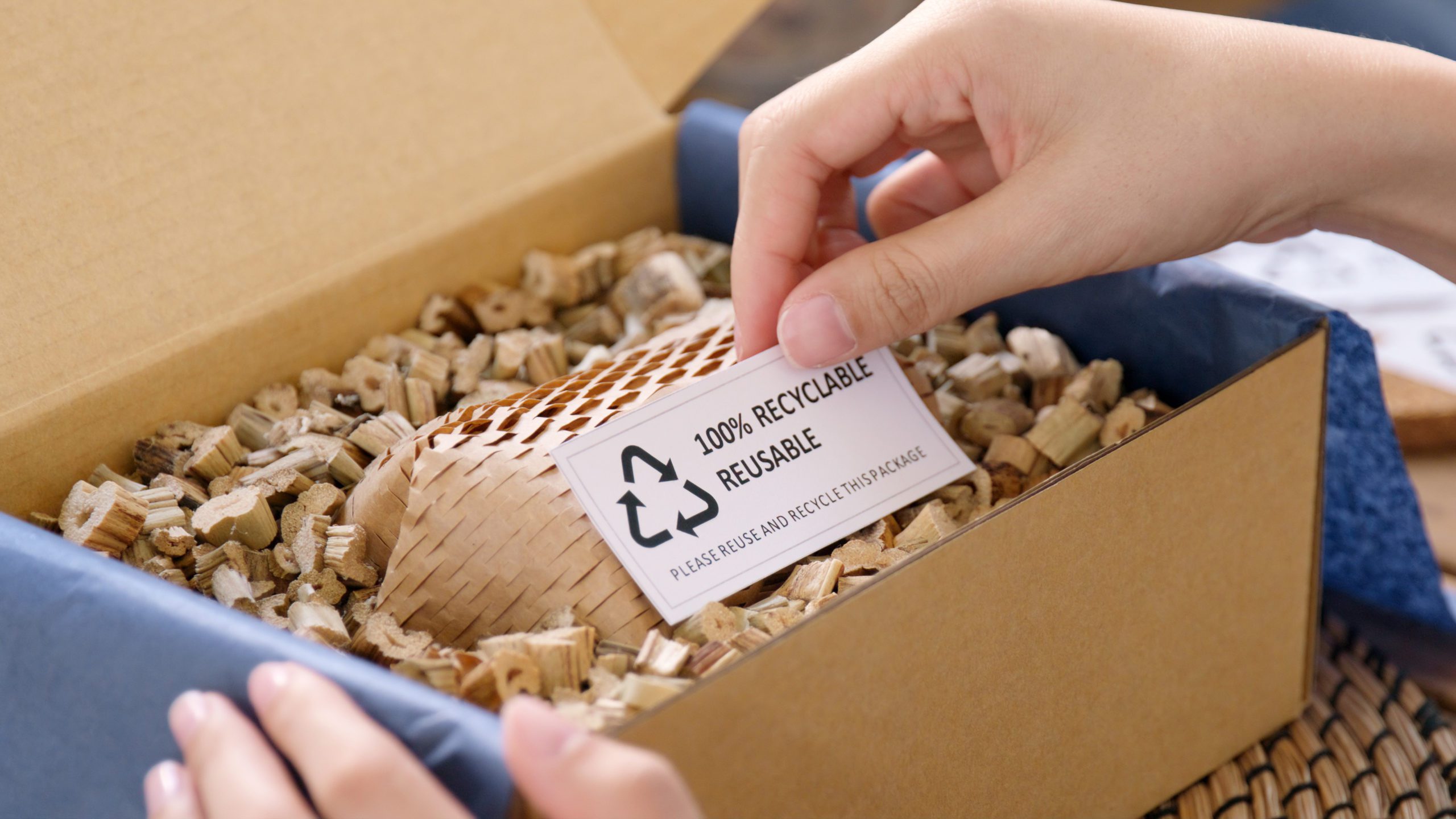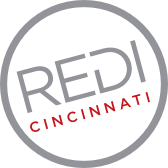Cincinnati’s Sustainable Packaging Industry Meets Growing Needs for a Changing World

As sustainability commitments become central across numerous industries, sustainable packaging production represents an exciting area for regional growth.
By REDI Cincinnati Research Department, with contributions from Rodney Wilson, Bryan McEldowney, Aida Ramusovic-Witham, Jennifer Thomas and Rosa Christophel
The Covid-19 pandemic had undeniable impacts on Cincinnati’s economic realities, and REDI Cincinnati’s recently released Economic Vibrancy Comparison Report detailed many of these impacts, as well as documented the better-than-average comeback our region experienced post-pandemic. These details are highlighted in REDI Cincinnati’s ongoing blog series highlighting the report’s six strategic areas for data reporting—growth, talent, innovation, housing, prosperity and inclusivity.
In tandem with this overarching report, the REDI Cincinnati research team produced industry sector reports focusing on critical areas of economic development for our region now and in the coming years.
The first of these reports takes a data-driven look at work being done in the sustainable packaging industry within our region, an exciting sector with much growth potential in the coming years.
What Is Sustainable Packaging?
Sustainable packing is just that—packaging designed and produced with environmental sustainability in mind. But don’t let the simplicity of the concept undermine the critical value ecologically rethought packaging is to the future health of our planet.
In our modern era, most everything comes packaged in something—whether that something is a box, plastic wrapping or even just a sheet of paper. While generally, the onus of reducing packaging waste falls on how the consumer disposes of their packaging, the ubiquity of packaging in retail, shipping and other applications makes this responsibility too heavy for any individual to make a significant, long-lasting impact.
Consider this: In 2018, 82.2 million tons of packaging found its way into our waste systems. That equates to 28 percent of the total generated solid waste for the year. But sustainable packaging options allow corporations to make smarter choices, utilizing options that reduce the overall packaging sent to landfills and improve breakdown efficiency for a cleaner ecological future.
There are a lot of exciting new developments in the realm of sustainable packaging, including such innovations as mushroom-, cornstarch- and seaweed-based materials. And established, proven materials such as recycled cardboard and reused plastic, applied alongside overall avoidance of mixed materials, play an essential role in sustainable packaging production.
With businesses moving to and expanding within Cincinnati at a rapid rate, the availability of sustainable packaging options is ever more important, with sustainability goals featuring more prominently than ever before in corporate commitments across a variety of industries.
A Growing Industry
As demand for more sustainable packaging options has grown, the past five years have presented opportunities for the production industry (loosely termed as paper manufacturing, recyclable material wholesalers, glass container packaging, industrial design services and more) to meet the needs of these shifting priorities—much within the areas of paper manufacturing for shipping needs. The e-commerce industry, specifically, represents a major growth area for sustainable paper options to meet demand for eco-conscious shipping goods and package design.
While it’s true that Canada and China have taken a lead in meeting global sustainable packaging needs, the Cincinnati area meets almost 50 percent of regional industry demand, most notably by papermills and corrugated and solid fiber box manufacturing, of which 70 percent and 68 percent of demand, respectively, are fulfilled locally. Furthermore, the vast majority (99 percent) of industrial design services and packaging and labeling service needs are currently being met in our region.
What does all this mean on the ground, though? To start, in-region sustainable packaging business numbers grew by 8 percent in the past five years, with a 1 percent increase in industry jobs. Although the sector’s GDP represents less than 1 percent of the total regional GDP, it holds 6.5 percent of the region’s total manufacturing industry GDP (the industry GDP is up 27 percent in the region since 2017).
Though the pandemic did impact the sustainable packaging industry sector in our MSA, the Cincinnati region is expected to see industry growth in the near future as sustainability efforts, such as the 2023 Green Cincinnati Plan and Green Umbrella’s 2030 clean energy goal, continue to impact business practices. Job postings within the sustainable packaging industry[1] neared 112k (30.5k of which were unique) in the first half of 2022, and there’s reason to believe job growth in this sector will only continue to increase going forward.
In short, the time is right for our region to stake a claim in the sustainable packaging industry sector by attracting producers and encouraging the expansion of existing business within the Cincinnati area. These businesses would join a growing list of organizations providing sustainable packaging options that includes Amazon, Rumpke Recycling, Cincinnati Recycling and Reuse Hub, Greif and more.
[1] Note that the industry is broad and also includes roles such as production, freight laborers, truck drivers, assemblers and more.
